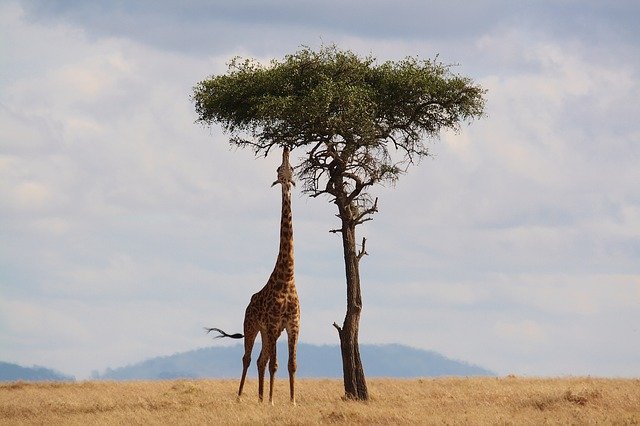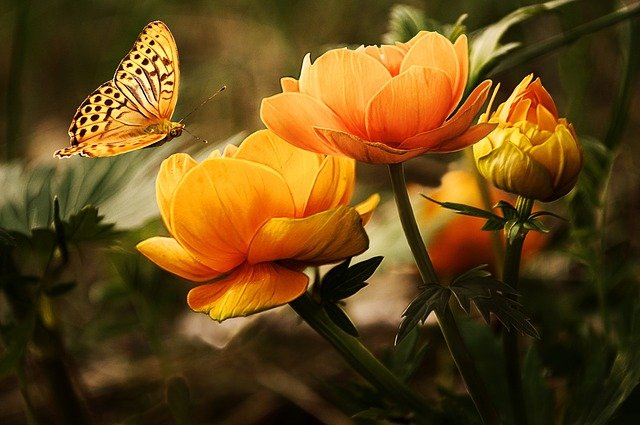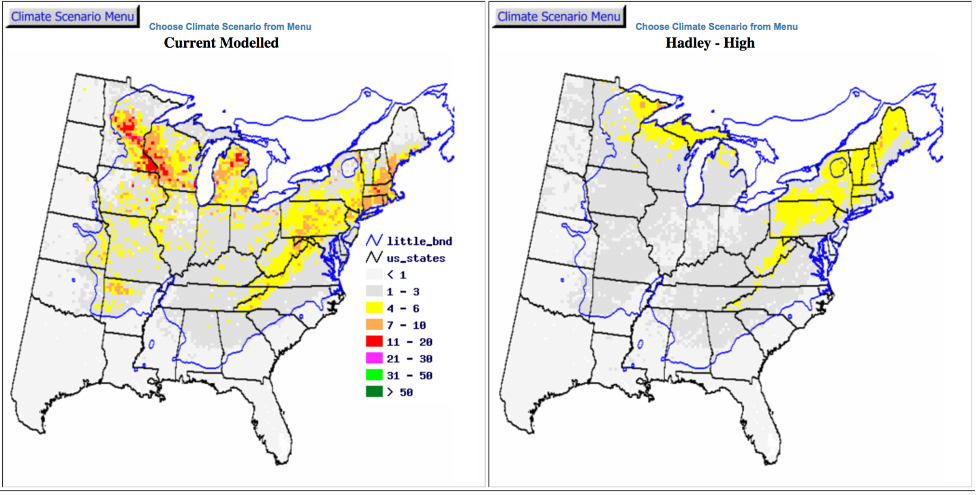 We all know that plants and animals have shared a special partnership for millions of years.
We all know that plants and animals have shared a special partnership for millions of years.
Animals rely on plants for habitat, oxygen, shelter, and most importantly, nourishment. Plants, in turn, depend on animals for pollination, fertilization, and propagation.
However, recent reports suggest that climate change is making this transportation of seeds by animals even more necessary, but the process is under threat. Let's find out more.
A Vital Partnership
Did you know that over 80 percent of the world’s flowering plants need pollinators like bees, hummingbirds, bats, butterflies, and other insects to reproduce?
 Manure from animals that is rich in nitrogen has widely been used as a natural fertilizer because it fights diseases and cleans contaminants. Animals also help plants by distributing seeds into new territories.
Manure from animals that is rich in nitrogen has widely been used as a natural fertilizer because it fights diseases and cleans contaminants. Animals also help plants by distributing seeds into new territories.
Depending on the sizes of these animals, seeds can be dispersed either locally or several miles from the original location - literally planting them in a new location. Some fruits even induce constipation in the animal so their seeds get longer rides!
This process of gut-based transportation of seeds, by animals, is called assisted migration. Research shows that more than half of plants around the world are dispersed by animals, making this partnership extremely vital.
Assisted Migration Under Threat
Now, climate change is making that movement especially necessary. Many plants are in places that are getting either too hot or too dry for their survival and may need to migrate to new habitats that are more ideal.
But just when plants need animals most, animal populations are seeing a decline, most likely due to hunting, habitat loss, and climate change-induced mass extinctions.
Over the course of the last 50 years, populations of several key species have declined by around 68 percent on average, according to the World Wildlife Fund. A report from the UN showed that one million plant and animal species are threatened, and the rate of extinction is accelerating.
When Small Means Massive
 Scientists from Rice University have found that just a small decline in fauna can lead to a massive decline in flora. For example, if a location loses 10% of its seed distributors, one would expect a 10% decline in seed dispersal as well. But instead, a 95% decline in seed dispersal was observed!
Scientists from Rice University have found that just a small decline in fauna can lead to a massive decline in flora. For example, if a location loses 10% of its seed distributors, one would expect a 10% decline in seed dispersal as well. But instead, a 95% decline in seed dispersal was observed!
The reason - when animals die in an ecosystem, the long-distance dispersers like toucans, tapirs, gorillas, and black bears are lost first.
The temperate regions of North America, Europe, South America, and Australia have experienced the worst seed-dispersal losses. If the currently endangered species were to go extinct, tropical regions in South America, Africa, and Southeast Asia would be impacted the most.
With increasing temperatures, plants and animals are starting to move to colder and wetter regions. For example, Atlantic cod and mackerel have migrated 200 km in just a decade. In the Altai mountains in Asia, the tree line has moved higher by 150 meters, because temperatures have increased by 1.7 ℃. While it is easier for animals to physically move, plants are literally stranded in place.
Preserving this close relationship between plants and animals is important for the survival of many species, including us.
Sources: NPR, Vox, Sciencing, PBS






